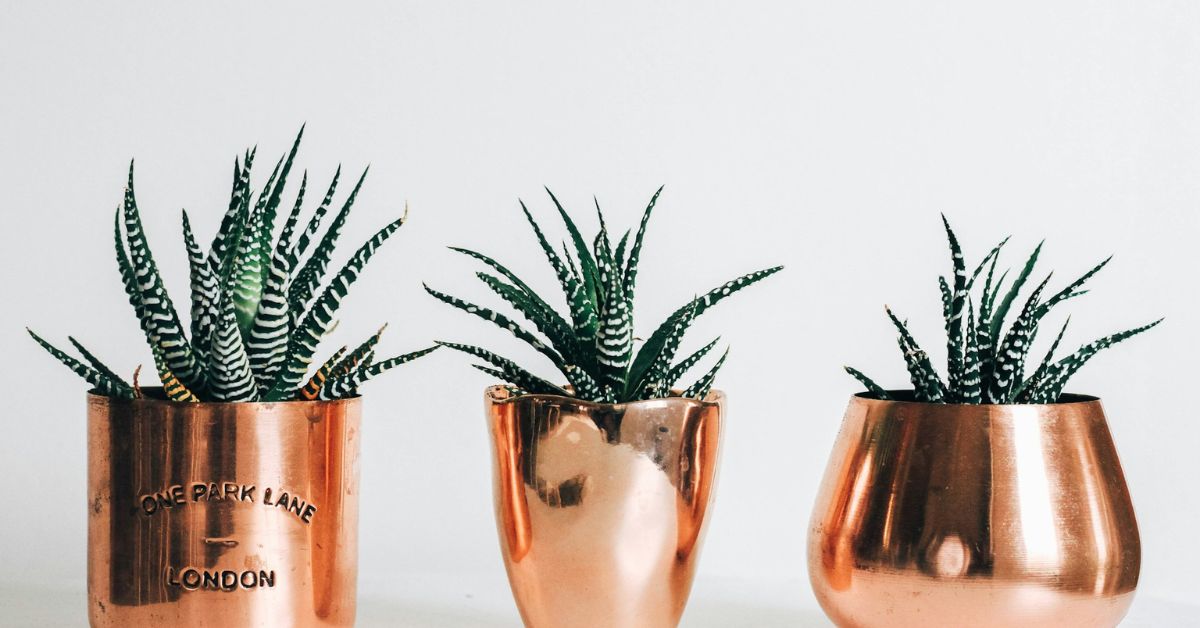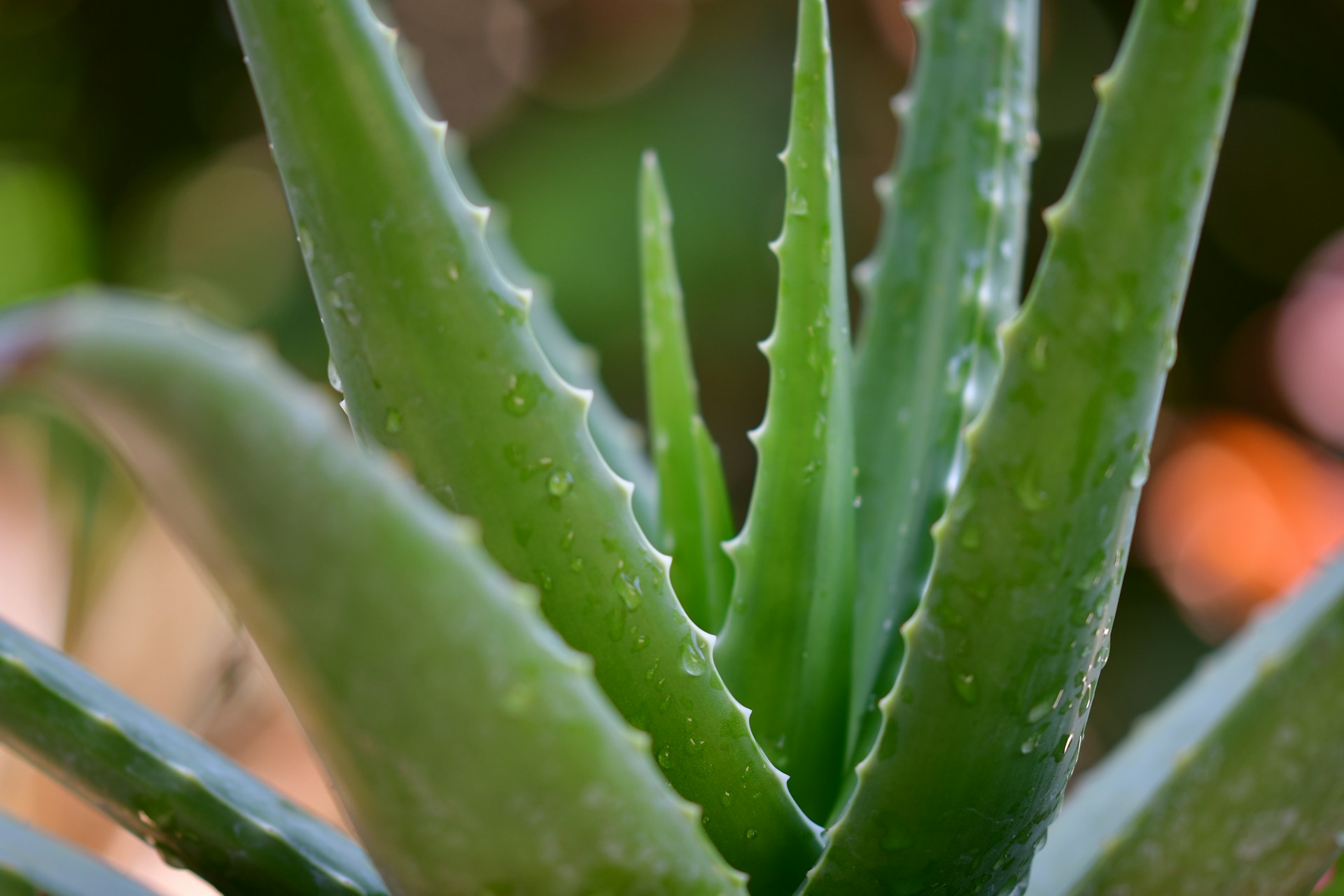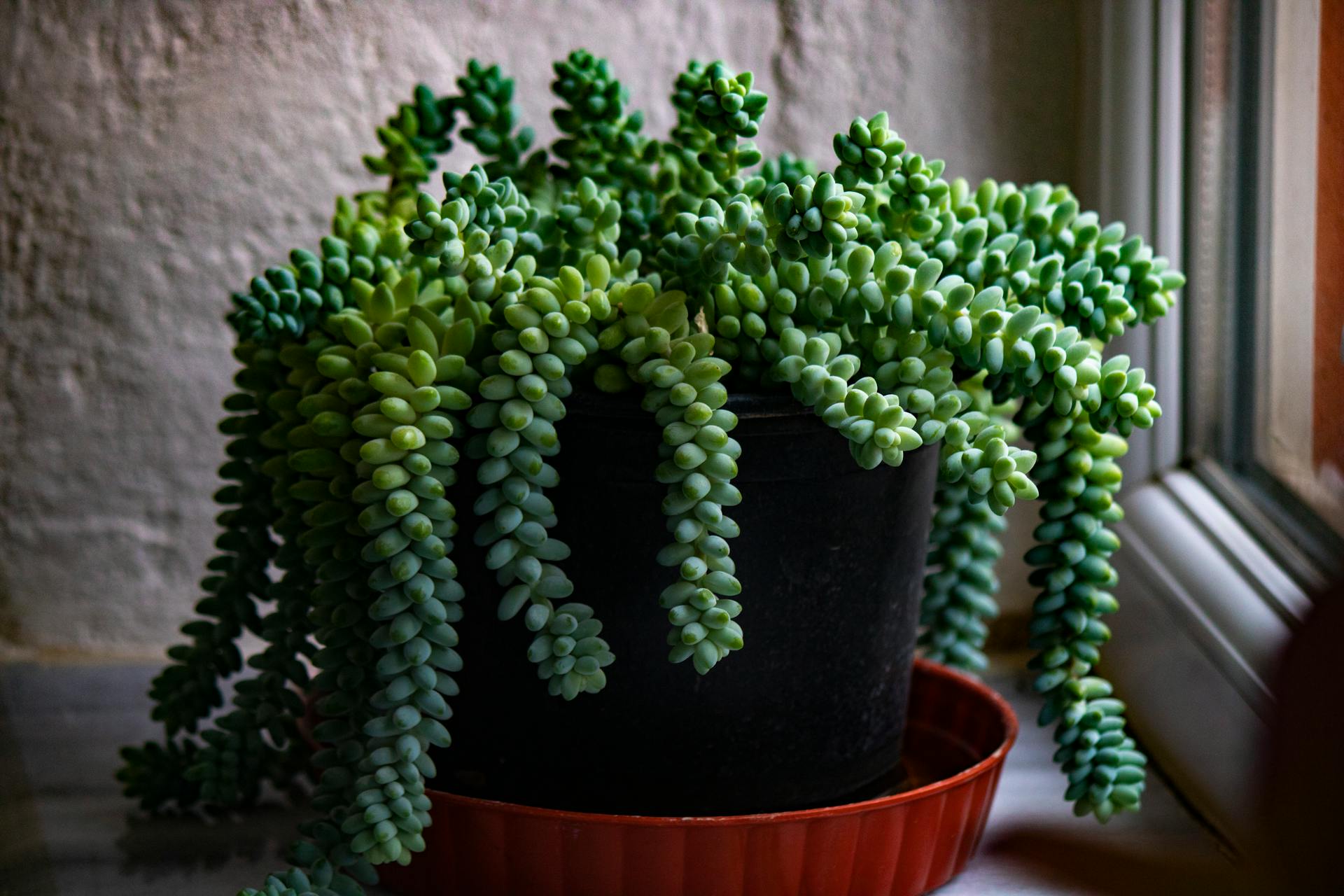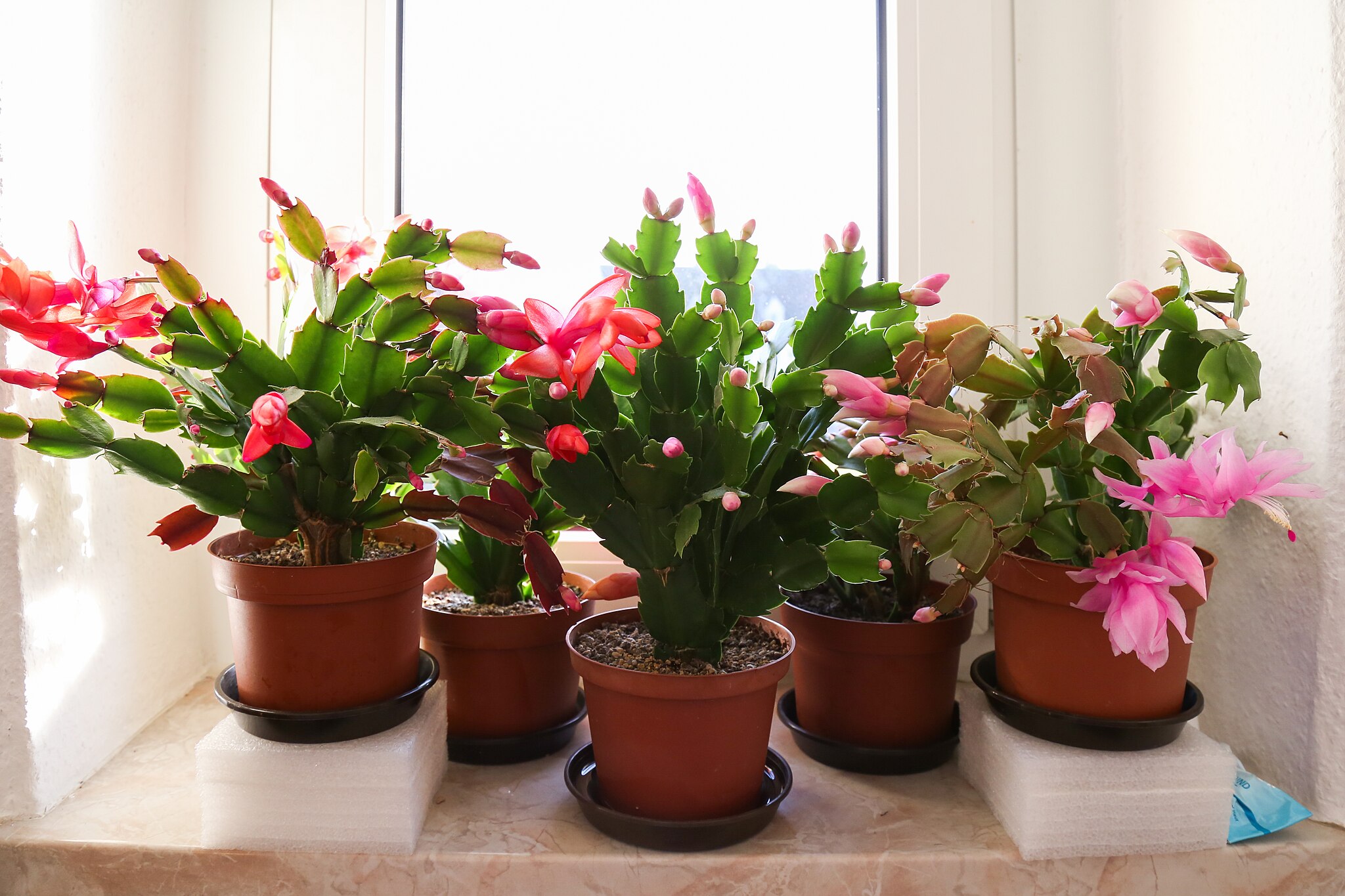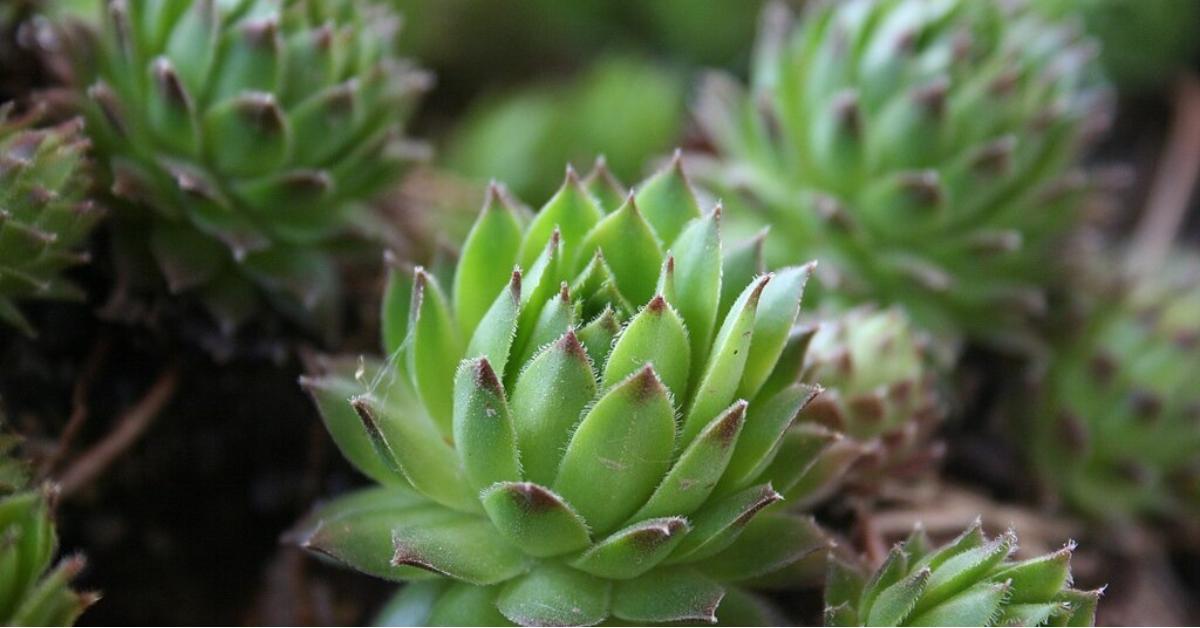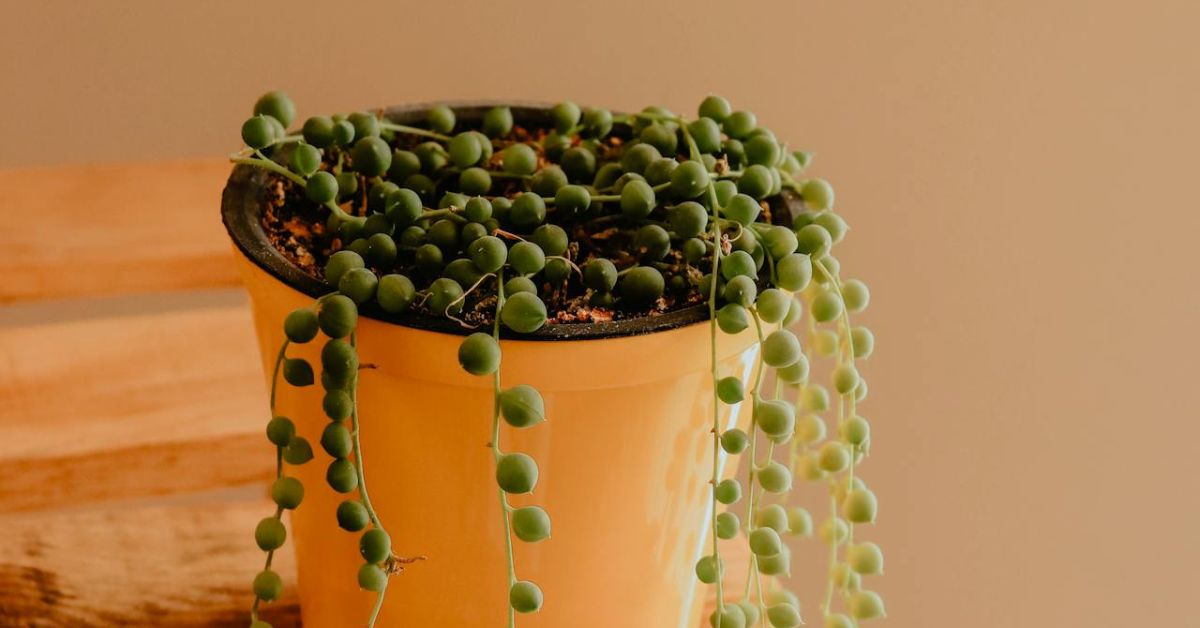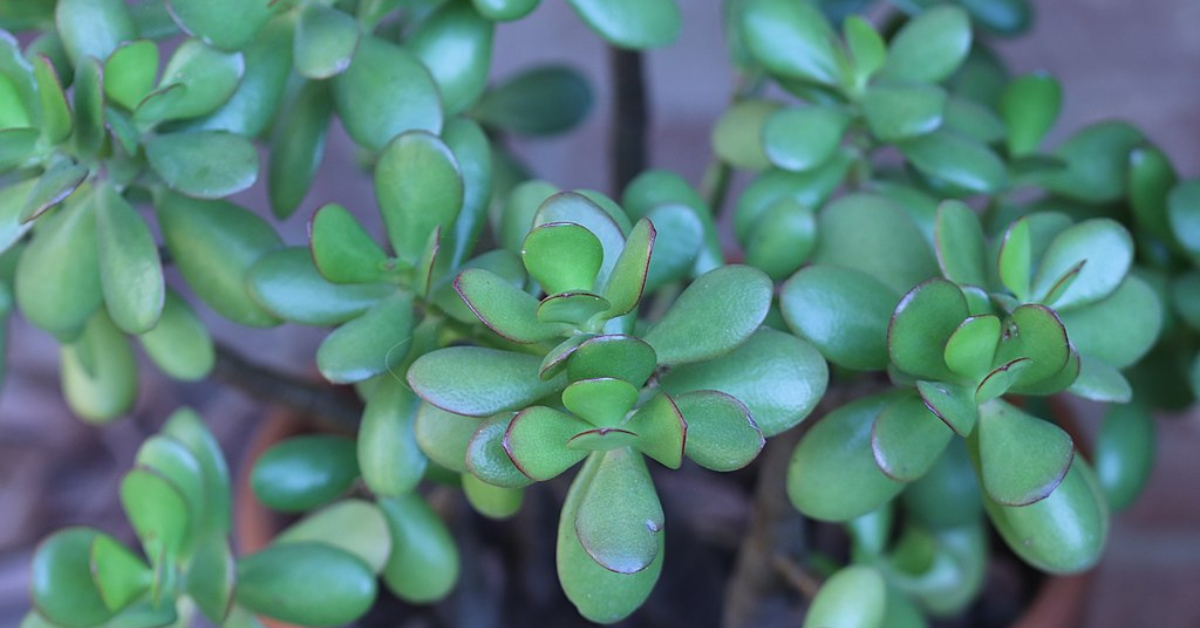IN THIS ARTICLE
The leaves of the Zebra plant bear a zebra-like pattern of stripes, thus the name. Zebra plant comes in both shrub and succulent varieties. Zebra plants’ growth patterns and forms vary greatly since they belong to diverse genera and species, each of which is tailored to its habitat and evolutionary history.
That said, do you wonder why your Zebra plant has scorched leaves? Or why is your Zebra plant wilting or leggy?
The key is in finding the right balance in caring for the Zebra plants and to maintain its lush foliage. Unlike Spider plants, Zebra plants need extra care but worry not, we have compiled answers to all the questions you might have to take good care of the Zebra plant. Read on!
Zebra Plant Shrub (Aphelandra squarrosa)
Zebra Plant Succulent (Haworthiopsis fasciata)
| Botanical Name | Aphelandra squarrosa | Haworthiopsis fasciata |
| Family | Acanthaceae | Asphodelaceae |
| Plant Type | Shurb | Succulent |
| Mature Size | 1-2 feet tall and wide | 4-8 inches tall and wide |
| Sun Exposure | Bright indirect sunlight | Partial shade |
| Soil Type | Well-drained, rich soil | Well-drained, sandy soil |
| Soil pH | Slightly acidic to neutral (5.6-7.5) | Slightly acidic to neutral (6.0-7.0) |
| Bloom Time | Summer to fall | Summer |
| Flower Color | Yellow | White |
| Hardiness Zones | 10-12 (USDA) | 10-11 (USDA) |
| Native Area | Brazil | South Africa |
Types of Zebra Plant
Most of the Zebra Plant can be grown both indoors and outdoors except for a couple of species. More details are shared below.
| Name | Category | Grown Indoors? | Unique Features | Size |
|---|---|---|---|---|
| Common Zebra Plant aka, Aphelandra squarrosa | Shrub | Indoor | Glossy, dark green leaves with white veins and bright yellow flowers | Indoors: Height: 2-3 feet (60-90 cm) Width: 1-2 feet (30-60 cm) Outdoors: Height: 3-4 feet (90-120 cm) Width: 2-3 feet (60-90 cm) |
| Calathea zebrina | Shrub | Indoor | Large, lance-shaped leaves with zebra-like patterns Calathea zebrina prefers high humidity environment | Indoors: Height: 2-3 feet (60-90 cm) Width: 1-2 feet (30-60 cm) Outdoors: Height: 3-4 feet (90-120 cm) Width: 2-3 feet (60-90 cm) |
| Haworthiopsis fasciata | Succulent | Both | Thick, fleshy leaves with white, horizontal stripes Low maintenance required | Indoors: Height: 4-6 inches (10-15 cm) Width: 4-6 inches (10-15 cm) Outdoors: Height: 6-8 inches (15-20 cm) Width: 6-8 inches (15-20 cm) |
| Haworthiopsis attenuata | Succulent | Both | Pointed, triangular leaves with white tubercles; easy to grow. Can be grown outdoors only in warm climate | Indoors: Height: 4-6 inches (10-15 cm) Width: 4-6 inches (10-15 cm) Outdoors: Height: 6-8 inches (15-20 cm) Width: 6-8 inches (15-20 cm) |
| Sansevieria ‘Zebra’ aka Sansevieria trifasciata ‘Zebra’ | Succulent | Both | Upright, sword-shaped leaves with horizontal stripes Sansevieria ‘Zebra’ is very resilient. | Indoors: Height: 2-3 feet (60-90 cm) Width: 1-2 feet (30-60 cm) Outdoors: Height: 3-4 feet (90-120 cm) Width: 2-3 feet (60-90 cm) |
| Haworthia glabrata | Succulent | Both | Small rosette form with smooth and fleshy leaves. | Indoors: Height: 3-4 inches (7.5-10 cm) Width: 3-4 inches (7.5-10 cm) Outdoors: Height: 4-5 inches (10-12.5 cm) Width: 4-5 inches (10-12.5 cm) |
| Hankey Dwarf Aloe | Succulent | Both | Compact rosette with thick, fleshy leaves and serrated edges. | Indoors: Height: 6-8 inches (15-20 cm) Width: 6-8 inches (15-20 cm) Outdoors: Height: 8-10 inches (20-25 cm) Width: 8-10 inches (20-25 cm) |
| Haworthia radula variegated | Succulent | Both | Variegated leaves with white stripes and a compact rosette form. | Indoors: Height: 4-6 inches (10-15 cm) Width: 4-6 inches (10-15 cm) Outdoors: Height: 6-8 inches (15-20 cm) Width: 6-8 inches (15-20 cm) |
| Haworthia enon | Succulent | Both | Small, compact rosette with pointed, fleshy leaves. | Indoors: Height: 3-4 inches (7.5-10 cm) Width: 3-4 inches (7.5-10 cm) Outdoors: Height: 4-5 inches (10-12.5 cm) Width: 4-5 inches (10-12.5 cm) |
How to choose the right Zebra Plant?
Choosing the proper Zebra plant will depend on criteria such as health, look, size, shape, and growth conditions such as light, temperature, and humidity.
| Comments | Details |
|---|---|
| Lively color | Depending on the variety you want to take home, always look for the vibrant colors on leaves and stems. |
| Sturdy stems | The stems should be upright and not droopy which indicates that the plant is well hydrated. |
| No damage | Check the plant for any sign of damage, especially the roots. The branches should not be broken and roots should not be rotten. |
| No disease | Always look underneath the leaves and check the stems for pests like mealybugs or spider mites. Make sure that there are no like webs which indicate the presence of spider mites.
Here is a good reference for identifying the pests/insects which may be affecting the Zebra plant:
|
| Size and Shape | Choose the right size Zebra plant depending on the space of your house. |
| Environment | Indoors:
|
Choosing the Right Pot and Soil for Zebra Plant
Best Pot for Zebra Plant
Terracotta pots are recommended for both Zebra shrub and succulent species. They can breathe better in comparison to ceramic and plastic pots, eventually lowering the chances of root rot due to excess moisture.
Know more about the terracotta pots and along with other kinds in the post below.
| Pot | Specification | Comments |
|---|---|---|
| Terracotta | Width: 6-8 inches | Zebra shrubs species can use bigger pots than recommended |
| Plastic | Width: 4-6 inch Height: 6-8 inches | Should be used for heavy species like Calathea zebrina |
Best Pot for Zebra Plant - Additional Tips:
- Ensure your Zebra pot has drainage holes. You can always make extra holes or widen the existing ones.
- Use a plastic pot for heavier plants.
- Ceramic plants are good options if you don’t prefer terracotta.
Best Soil Mix for Zebra Plant
There are different types of soil mix for the Zebra Plant based on the purpose. Below you will find the information on different soil mixes for your needs.
| Soil | Mix | Comments |
|---|---|---|
| Propagation Mix | 50% Cactus Mix 25% Perlite 25% Coarse Sand | Check out recommendations for the best cactus potting mix, perlite, and coarse sand. |
| Potting Mix for Indoors | 40% Cactus Mix 30% Perlite 20% Coarse Sand 10% Compost or Peat Moss | Check out recommendations for the best compost and peat moss. |
| Soil Mix for Outdoors | 50% Native or Garden Soil 25% Pumice or Perlite 25% Coarse Sand A little amount of Compost or Peat Moss | Check out recommendations above to purchase the best quality products. |
Best Soil Mix for Zebra Plant - Additional Tips:
- The soil mix for Zebra shrubs and succulents should be a little acidic to neutral. The pH level for the soil mix should be between pH 6.0-7.0.
- Avoid regular potting soil because too much moisture is retained by regular potting soil or vermiculite, which can cause root rot, especially in zebra plants. For these plants to flourish, the soil has to drain effectively.
- Ensure the soil is clean before use. Check for pests and pathogens and remove them. Sterilizing the soil can also help prevent diseases.
- If planting zebra plants outside, you might want to construct raised beds to help with drainage and water movement. This is especially crucial for maintaining healthy plant development and avoiding root rot.
Methods of Propagating Zebra Plant
Zebra shrubs and Zebra succulents respond differently to the same propagation methods. Below is a comprehensive explanation of what propagation methods works best for both shrub and succulent variety of Zebra plant.
| Propagation Method: | Zebra Shrubs | Zebra Succulent | Comments | ||
|---|---|---|---|---|---|
| Recommendation | Difficulty | Recommendation | Difficulty | ||
| Offsets or “Pups” | ✘ | Not Applicable | ✔ | Easy | |
| Stem Cutting | ✔ | Easy | ✔ | Moderate | Best method for most Zebra shrubs |
| Leaf Cutting | ✘ | Not Applicable | ✔ | Hard | Not applicable to most shrubs |
| Seed | ✘ | Not Applicable | ✔ | Hard | Not commonly used |
| Bulb | ✘ | Not Applicable | ✘ | Not Applicable | Not a bulbous plant |
| Division | ✔ | Moderate | ✔ | Moderate | Suitable for mature plants |
| Layering | ✘ | Not Applicable | ✘ | Not Applicable | Not commonly used |
| Grafting | ✘ | Not Applicable | ✘ | Not Applicable | Rarely used |
Preparation for propagating Zebra Plant:
| Topic | Items | Comments |
|---|---|---|
| Safety | Gloves & Scissors | |
| Source – Zebra Shrub | Stem Cutting | Use the sharp, sterilized pruner or knife to cut a 4-6 inch long stem. |
| Source 1 – Zebra Succulent | Offset (Pup) | Offset (Pup) Find an existing Zebra succulent with healthy offsets (pups) and pull a 2-inch tall offsets from the mother Zebra succulent.
Clean the offset and let it dry for a day. |
| Source 2 – Zebra Succulent | Leaf Cutting | Cut a full leaf from the healthy Haworthia succulent using a clean knife or a tool. Let the leaf cut dry for 3-4 days before initiating the propagation. |
| Soil | Propagation Mix | |
| Pot | Terracotta Pot | |
| Others | Repotting Mat | Repotting mat constraints the mess created during the procedure. Buy it from here. |
Propagating Zebra Plant:
Planting Zebra Shrub From Stem Cutting: Dip the cut end of Zebra Shrub in rooting hormone before potting to stimulate root growth. Fill the pot with the propagation soil mix, make a hole in the soil and insert the cutting such that atleast one note is buried in the soil. Fill the soil back and press the soil gently to remove the air pocket.
Planting Zebra Succulent: Fill the propagation soil mix in the pot, make a hole enough to insert the offset roots in the soil. In case of using a leaf cutting, plant the cutting with the surface pointing downward into the soil. Fill the soil back and press the soil gently to remove the air pocket.
Watering: Water the plant gently. The goal is to keep the soil slightly damp. Overwatering is a leading cause of failure during propagation.
Light: Keep the pot in bright indirect sunlight.
Rooting: Zebra shrubs rooting might take upt 6 weeks. As Zebra succulents already have roots, they will take few weeks to establish themselves and will start growing.
How to Grow Zebra Plant Indoors
There are several ways to grow an Zebra plant indoors regardless of the shrub or succulent variety.
The best method to propagate Zebra shrubs is by stem cuttings whereas for the Zebra succulents, propagation using the offset (pup) is the best method. There are other propagation methods but the success rate is low, hence not recommended.
Please check out our detailed guide to propagate the Zebra Plant to know more .
How to Grow Zebra Plant Outdoors
The best way to grow Zebra succulent varieties outdoors is to grow them on raised beds with appropriate soil mix for outdoors or use the containers with proper drainage. Zebra succulents can take direct sun but prefer partial shade.
Avoid mid day sun exposure; succulents can dehydrate and stress out resulting in shriveled leaves with white or brown patches.
How to Care for Zebra Plant
Here is the brief information on lighting, watering and all basic needs of popular Zebra plant’s shrub and succulent varieties:
| Needs | Ideal State | Avoid | Frequency (if applicable) | Recommendations |
|---|---|---|---|---|
| Light | Indoors: Bright indirect sunlight Outdoors: Partial shade to full sun | Direct, intense midday sun for shrubs. Full shade for succulents. | Everyday | Indoors: – Place the plant near the east or west window Outdoors: – Shrubs need more protection from direct sun. – Succulents can handle some direct sun but not extreme exposure. |
| Air Circulation | Good good air circulation which prevents fungal issues. | Stagnant and busy spaces if indoors. | Keep a space between plants. | |
| Watering | Water only the top inch of soil is dry. For succulents, let the soil dry out completely between waterings. | – Waterlogging – Watering on a fixed schedule | Indoors: Check the soil every 1-2 weeks Outdoors: Keep checking the soil every 3-4 days. | Succulents prefer drier conditions hence avoid overwatering. |
| Fertilizer | Organic fertilizers in spring and summer Other option is to use water soluble fertilizer at half strength | Fertilizing in fall and winter Use of strong fertilizers | 4-6 weeks | Use organic fertilizer or options like compost tea. For Shrubs: buy a water soluble or liquid fertilizer of NPK 10-10-10 ratio. Buy it here. For Succulents: buy a water soluble or liquid fertilizer of NPK 2-7-7 or 4-7-7 ratio. Buy it here. |
| Temperature | Indoors: 65°F – 70°F (18°C – 24°C) Outdoors: 65 – 85°F (18 – 29°C) | 85°F (10°C) or below | Zebra shrubs prefer slightly warmer temperatures. | |
| Humidity | Indoors: – Shrubs: 60-70% – Succulents: 30-50% Outdoors: Natural humidity | Extremely dry or very humid conditions. | Indoors: For shrubs, use a humidifier or place a pot on a humidity tray. | |
| Pruning | Trim only to keep the shape and size of the plant | Impromptu | Remove dead leaves or stems | |
| Repotting | Use correct repotting soil mix for indoors | Regular soil mix | Indoors: 1-2 years or when root-bound Outdoors: Not applicable | Spring is the best time for repotting the plant for optimal growth. |
| Pest Control | Keep checking for aphids, mealybugs, scale insects and spider mites | Don’t ignore pests or abnormalities for a long time | Weekly | Use insecticidal soap or neem oil to treat infestations. |
How to Care for the Zebra Plant - Additional Tips:
Compost Tea for Zebra Plant:
A weak compost tea might give nutrients without causing overfertilization. To prepare at home, mix utilized coffee grounds with water, or prepare compost tea by soaking compost in water. Use it every 3-4 weeks.
Banana Peel Fertilizer for Zebra Plant:
Dry and crush the banana peels into powder. Use this potassium powder every 6-8 weeks.
Eggshell Fertilizer for the Zebra Plant:
Collect and clean the eggshells and crush them into fine powder using a blender. Sprinkle the calcium rich powder every 2-3 months to promote health growth.
How to Prune for Zebra Plant
Pruning a zebra plant shrub is easy—just trim the leggy stems above a leaf node to promote fuller growth. For zebra succulents, gently snip off any dead or damaged leaves at the base to keep them tidy and healthy.
How to Repot Zebra Plant
Signs that indicate the need for repotting of Zebra plant
Growth: Zebra plants grow slowly and often require repotting every two to three years as they slowly grow in size.
Roots: Roots sprouting through the drainage holes at the bottom of the pot is a clear indication.
Stability: If the plant is top-heavy and frequently tips over, it may require repotting.
Choosing a new pot and soil for the Zebra plant
- Choose a pot that is one size larger than your existing one. Most zebra plants thrive in 5 to 6 inch pots. The golden rule is to select a pot that is 1-2 inches bigger in diameter than your existing pot. If you don’t already have a pot, check out our pot recommendations here.
- Use well drainage soil optimal for Zebra shrubs and succulents.
Repotting steps and post-repotting care of the Zebra plant
Unpotting: Wear protective gloves and gently remove the plant from the existing pot. Check the roots and remove the dead or damaged ones.
Planting: Place the Zebra plant in the new pot and add more soil as needed to cover the roots completely. Press the soil lightly to remove the air pockets.
Watering: Water to settle the soil until water comes out from the drainage holes. Throw the excess water. Return the the regular watering schedule after.
Place the plant where it can receive indirect sunlight for a few days after repotting.
Common Problems and Solutions
Why are my Zebra plant leaves yellowing?
Root Cause:
- Underwatering causes stress resulting in yellowing of leaves and eventual leaf drop.
- Inadequate light affects the plant ability to absorb nitrogen
Solution:
- Timely water the Zebra plant. Read How to care for Zebra plant guide for more.
- Make sure you know the ideal state of lighting.
Why are my Zebra plants droopy?
Root Cause: Overwatering, stress out the plant
Solution:
- Let the soil dry out completely between waterings and reduce the watering frequency.
- Check if the pot has proper drainage, if not, fix it.
Why Do My Zebra Plant Leaves Have Brown Tips?
Root Cause: Dry air, underwatering, or too much direct sunlight can cause brown leaf tips.
Solution: Increase humidity, adjust your watering schedule, and ensure the plant is in bright, indirect light.
Why Does My Zebra Plant Have Powdery Mildew?
Root Cause: Poor air circulation often causes powdery mildew, appearing as a white, powdery substance on leaves.
Solution: Improve air circulation, avoid getting water on the leaves, and treat with a fungicide if necessary.
Why Is My Zebra Plant Growing Leggy?
Root Cause: Insufficient light can cause stems to become leggy.
Solution: Move the plant to a brighter location with indirect sunlight and prune back leggy stems to encourage bushier growth.
Why Does My Zebra Plant Have Pests?
Root Cause: Aphids and spider mites can infest the plant, causing leaf damage and stunted growth.
Solution: Regularly inspect the plant and treat infestations with insecticidal soap or neem oil.
Conclusion
Zebra plants – both shrubs and succulents are ideal for gardeners of all abilities because of their spectacular look, flexibility, and low maintenance requirements.
They thrive in strong light, with regular watering and occasional fertilization, making them both visually beautiful and easy to care for, making them ideal for beautifying any indoor or outdoor garden.
Frequently Asked Questions
The difference arises from evolutionary adaptations to distinct ecological niches. Zebra shrubs like Aphelandra squarrosa evolved broad leaves in tropical rainforests for low-light photosynthesis. In contrast, succulent Zebra plants like Haworthiopsis fasciata developed thick, water-storing leaves to survive arid conditions.
When a zebra succulent is underwatered, its leaves become wrinkled or shriveled, with dry brown tips, and the plant can look dull or pale. These signs mean it needs more water.
